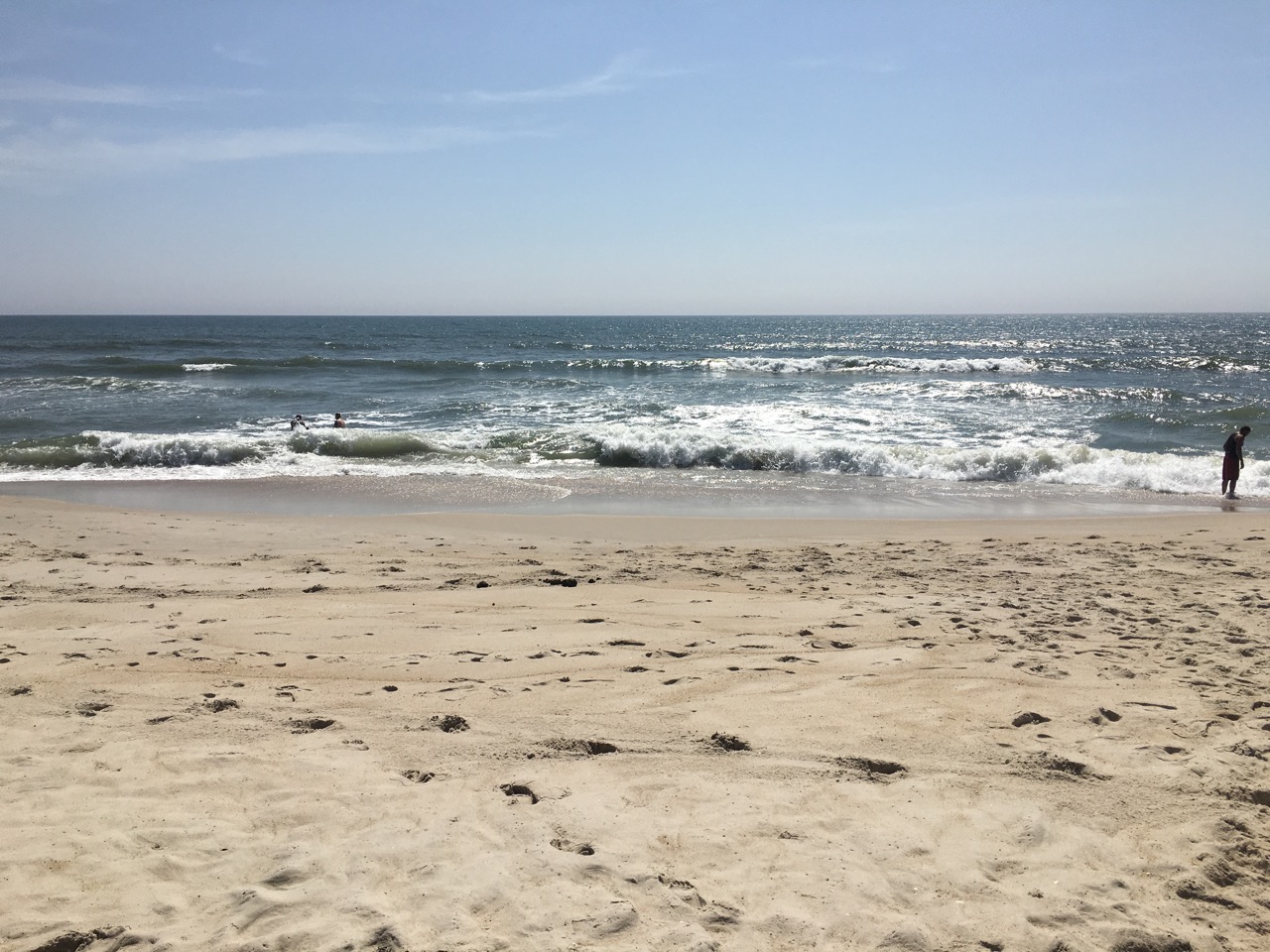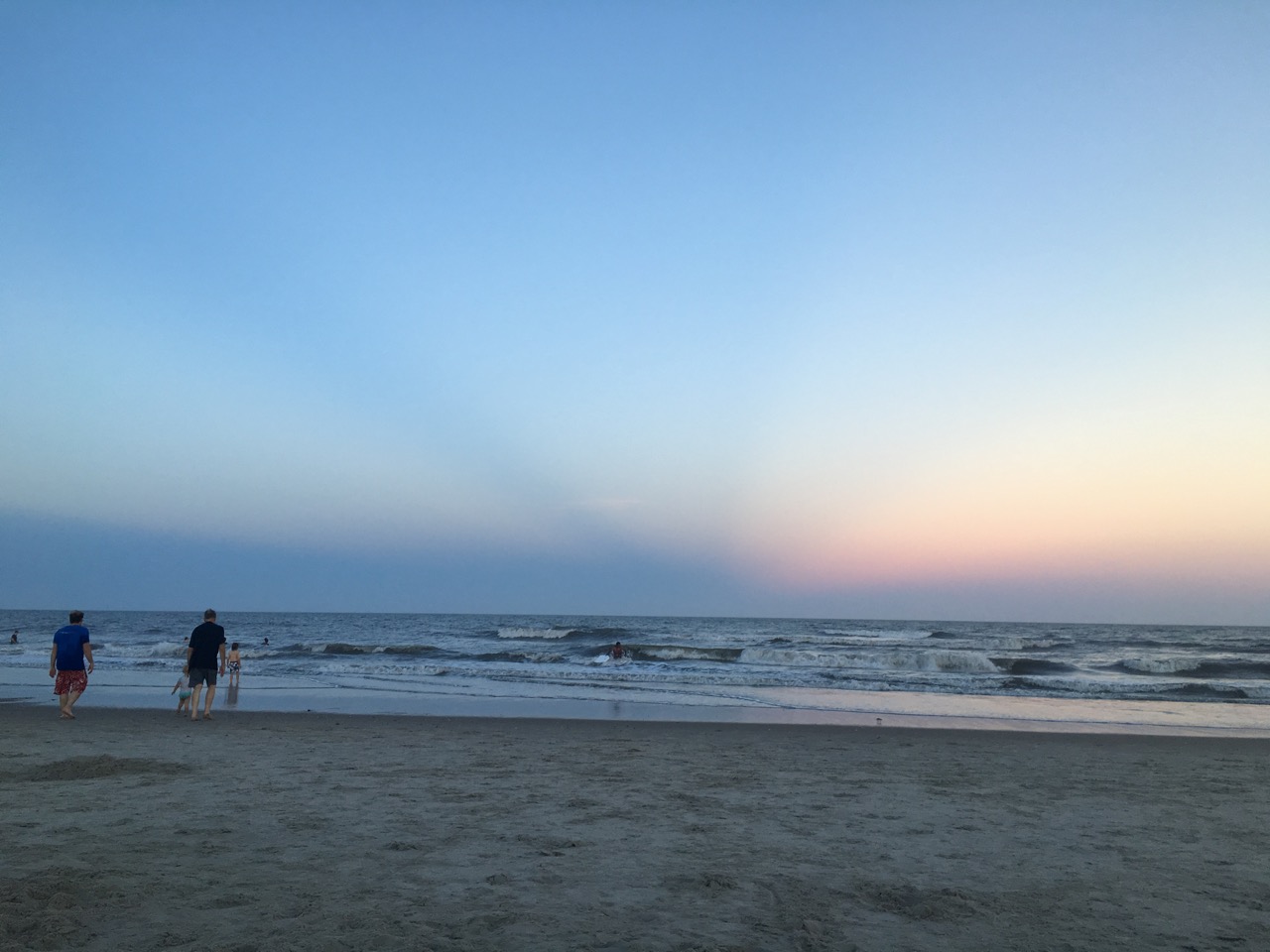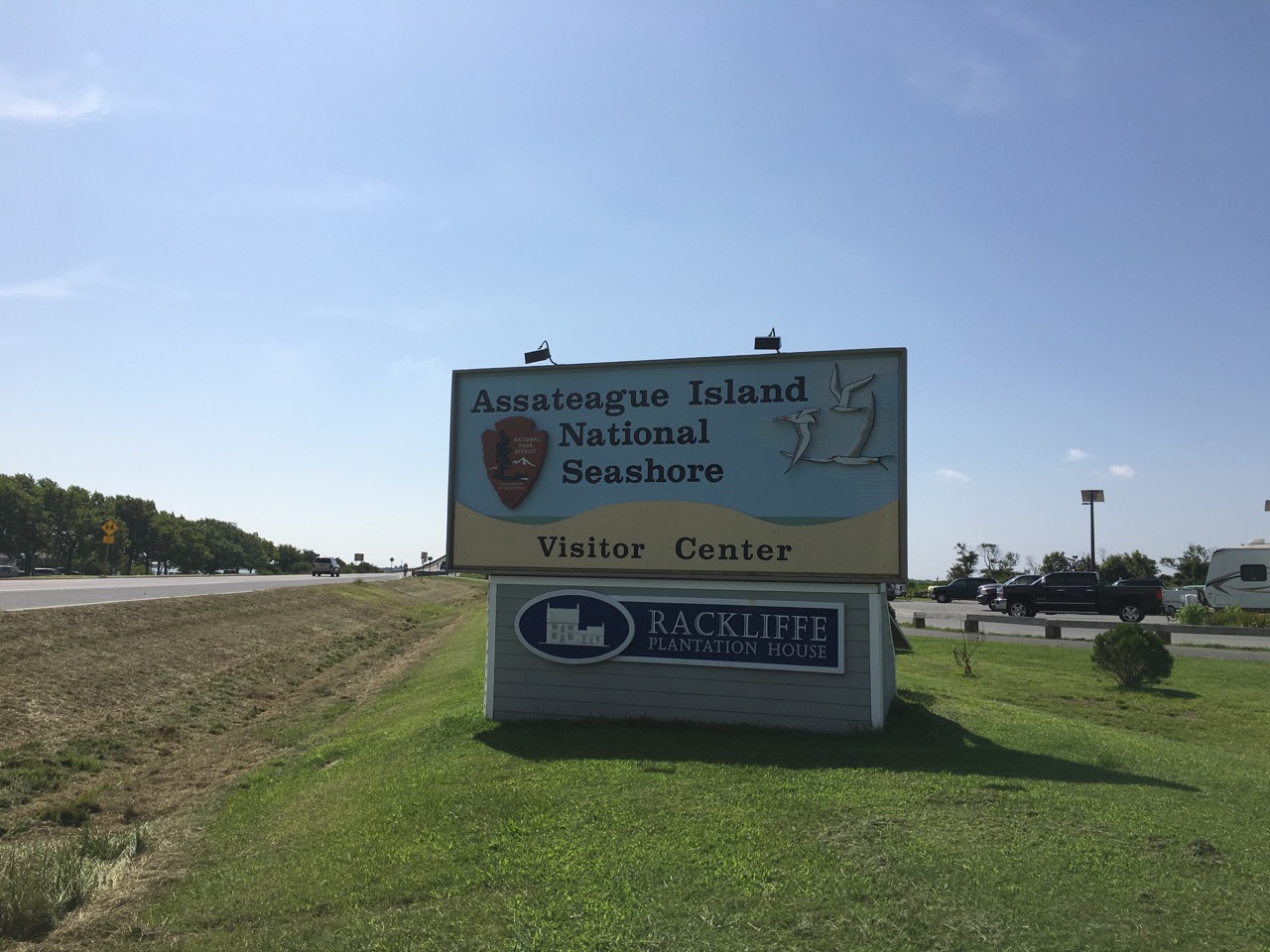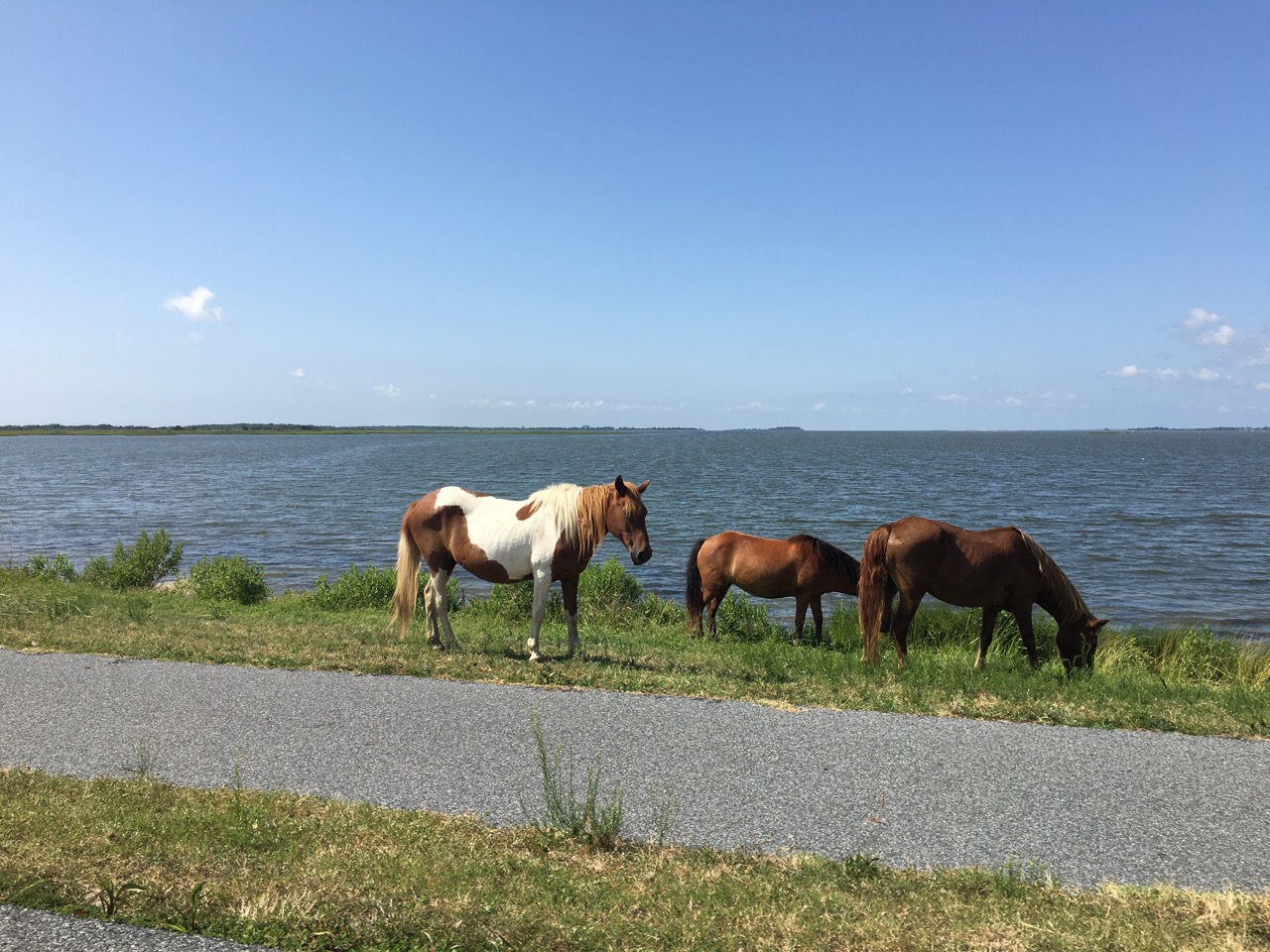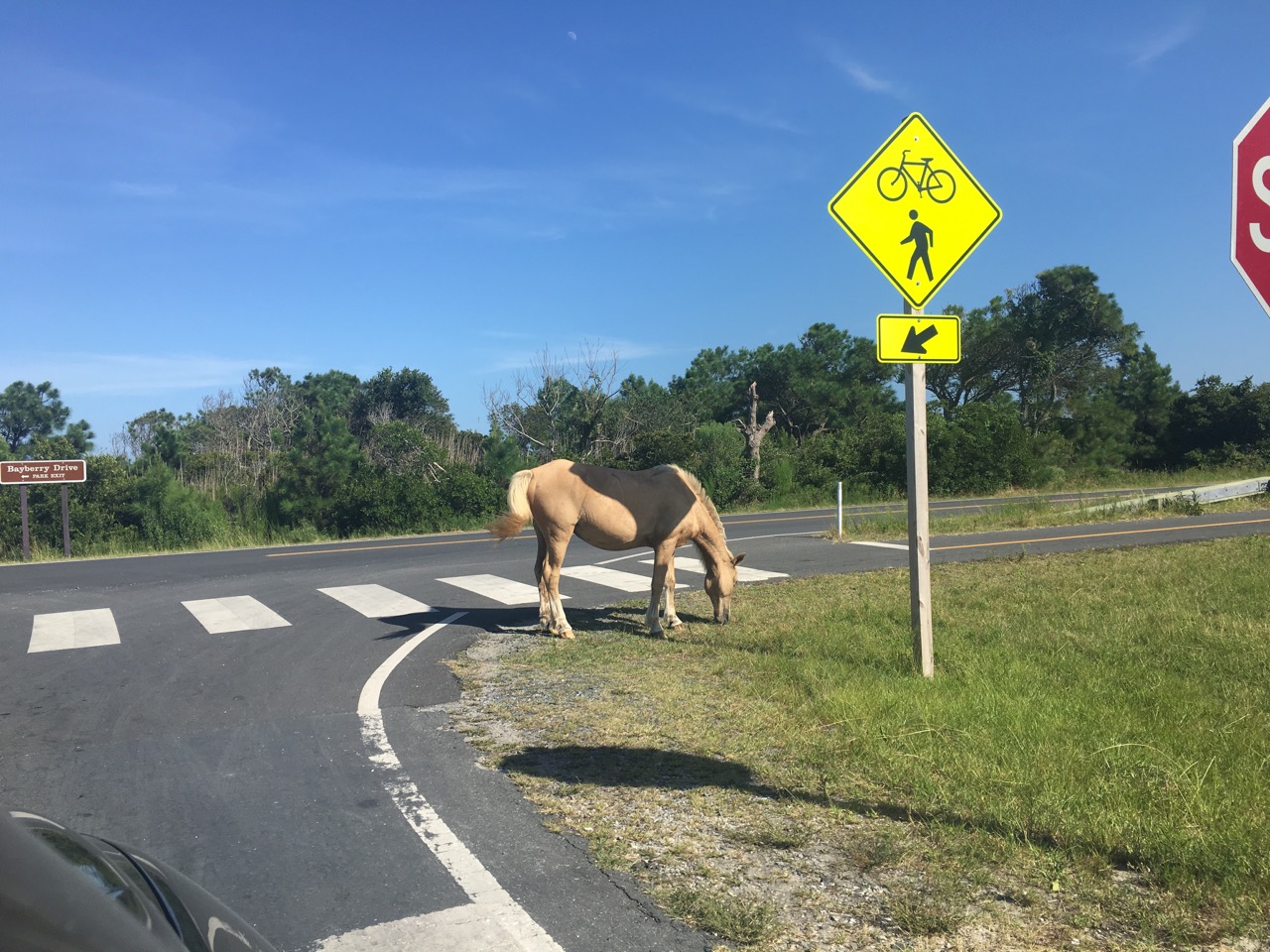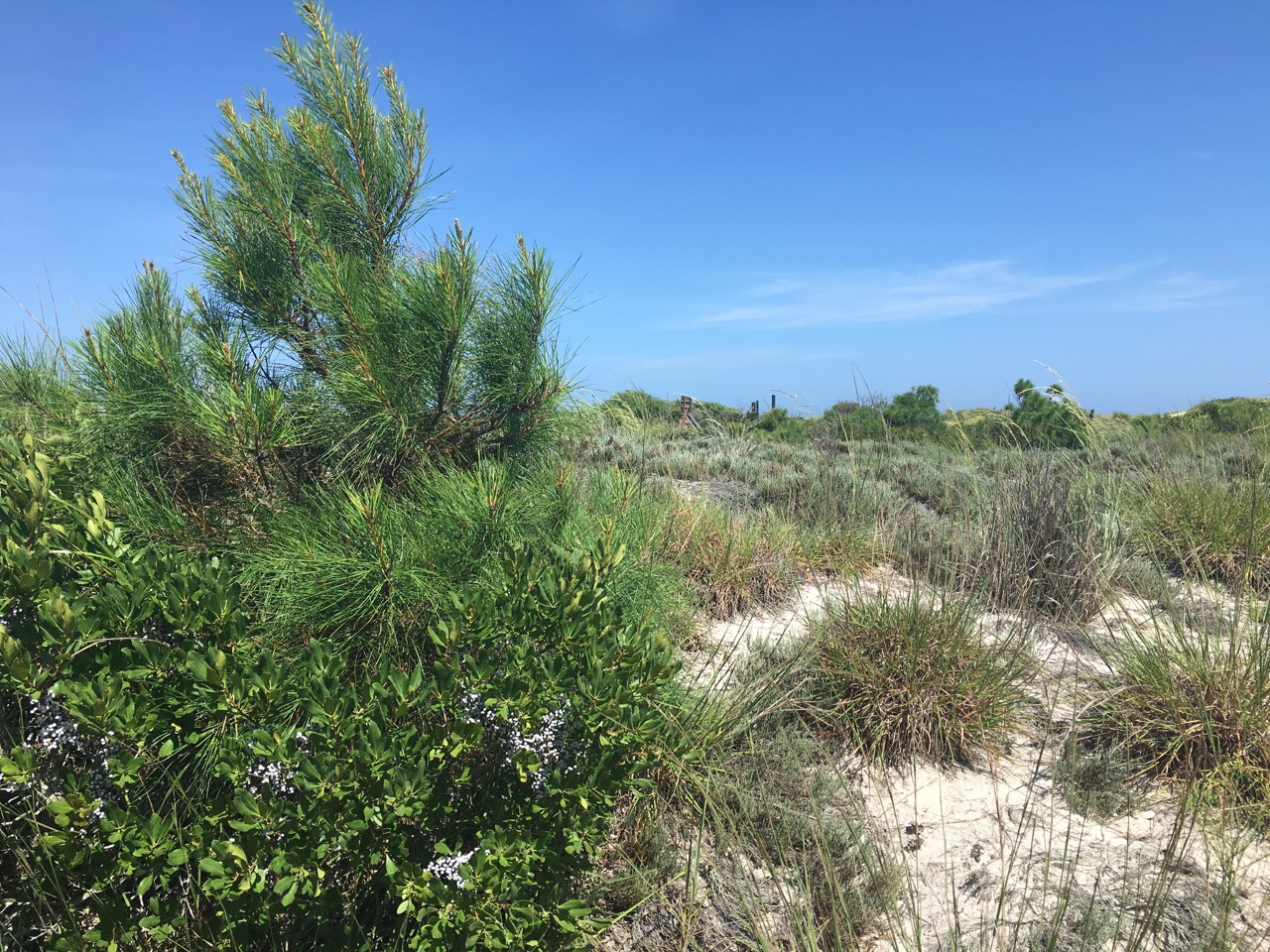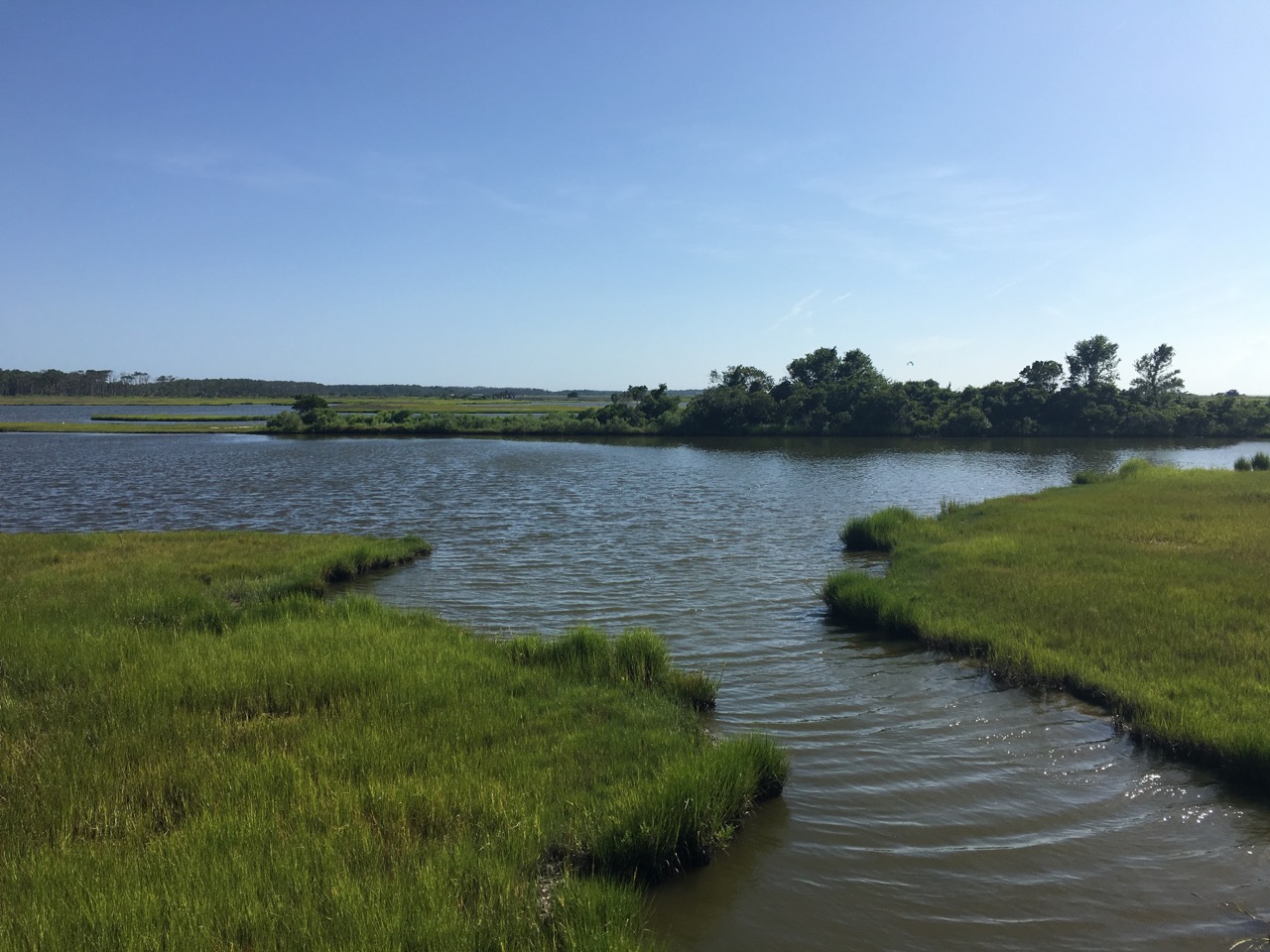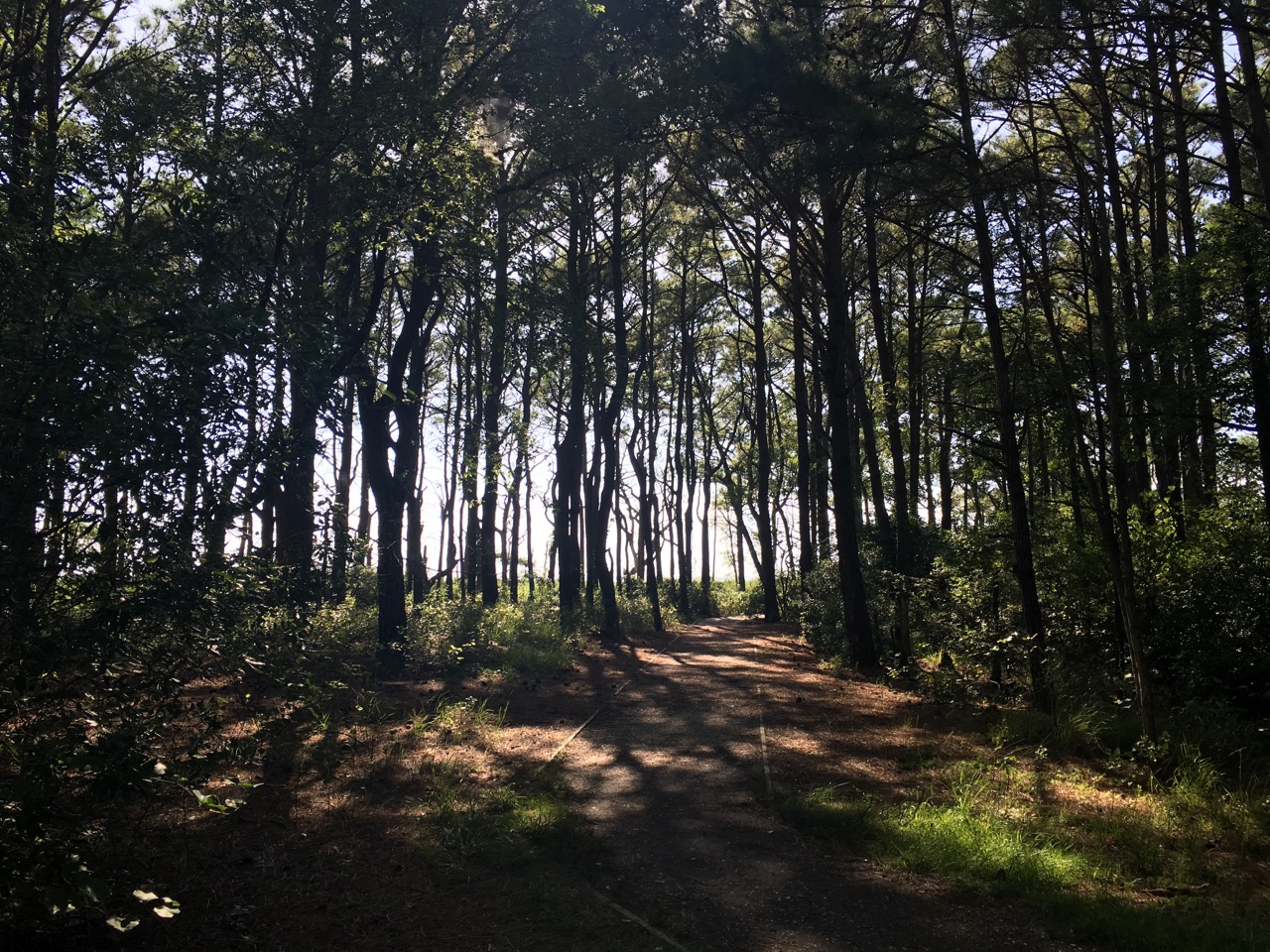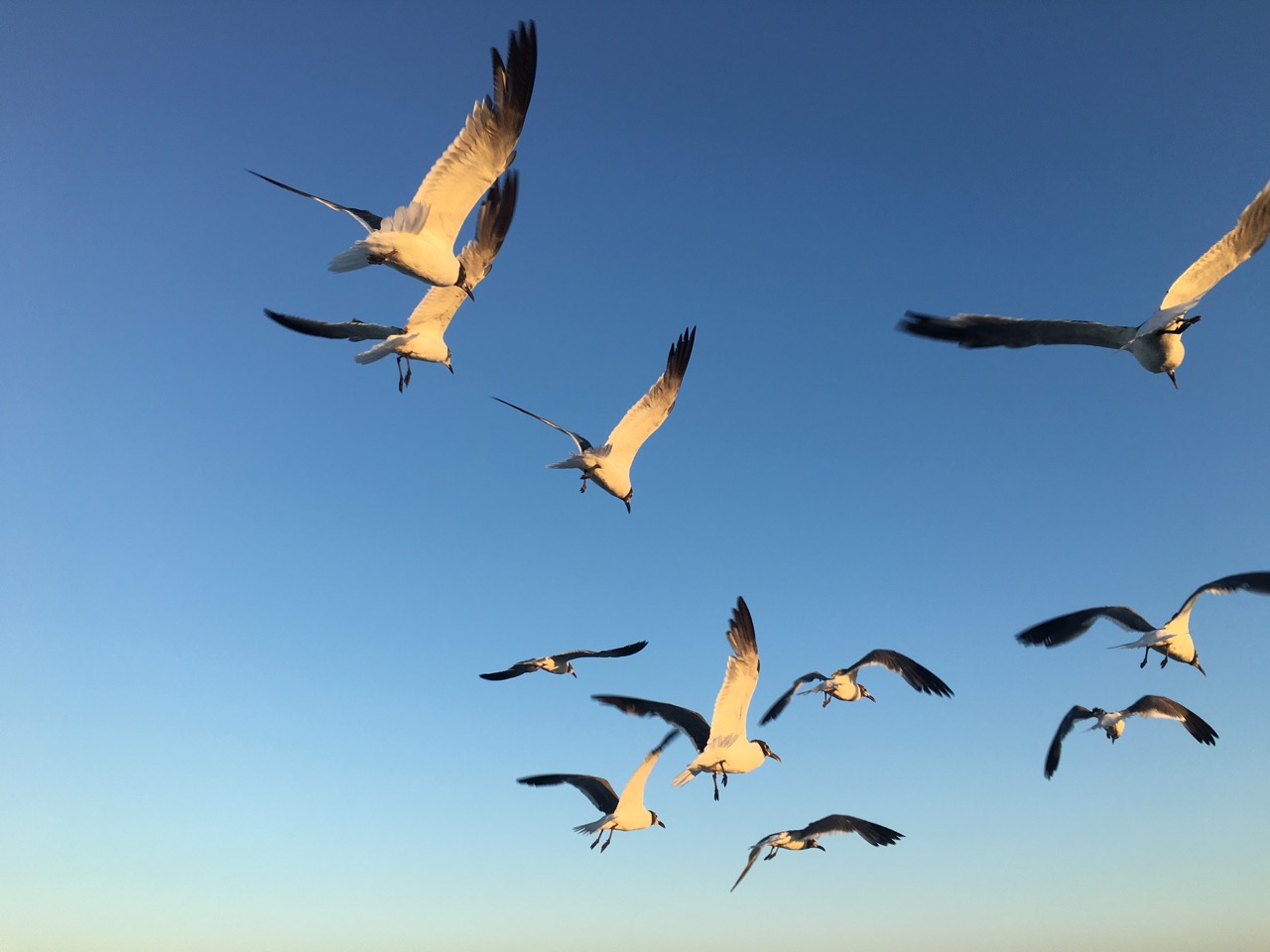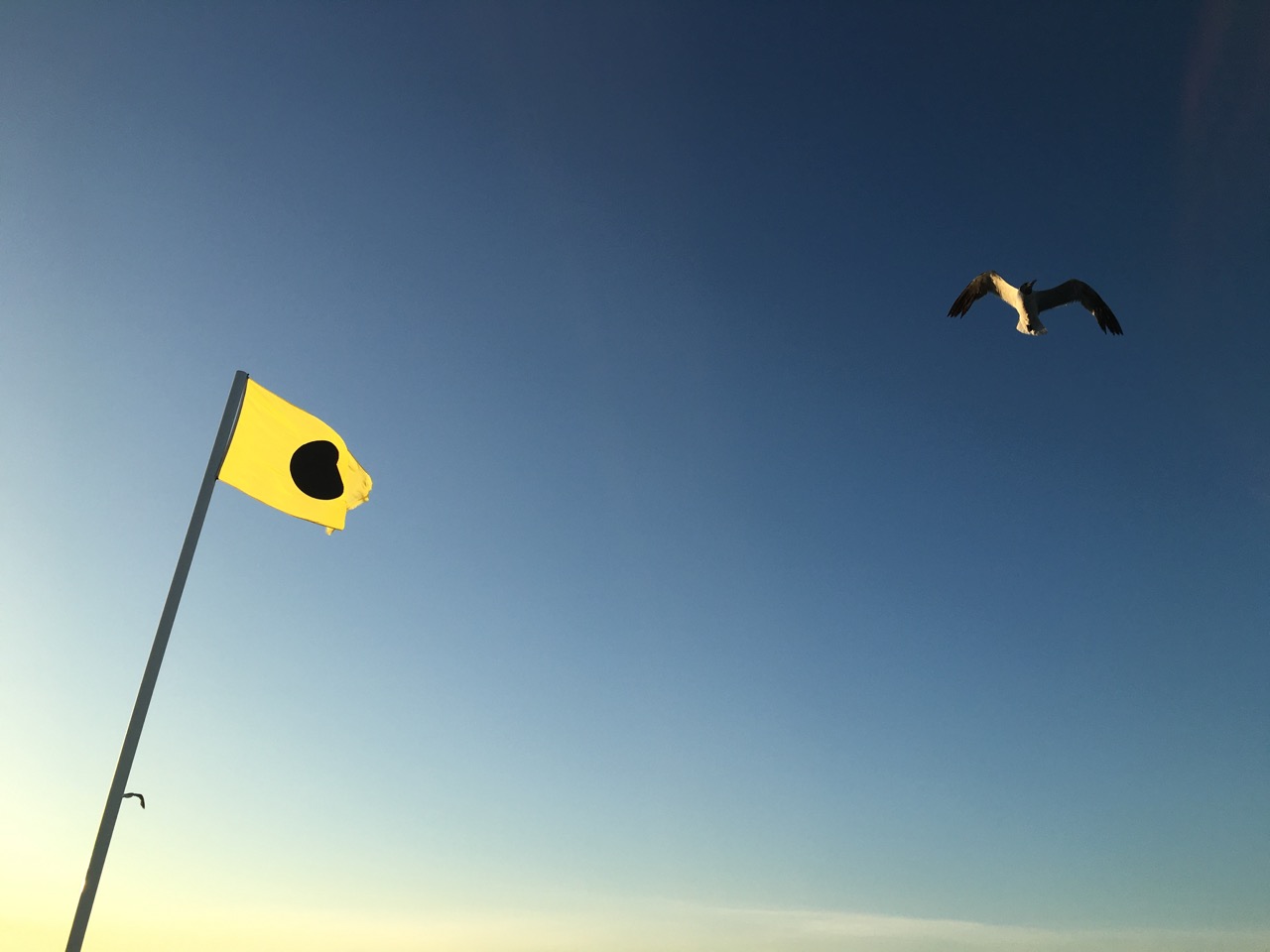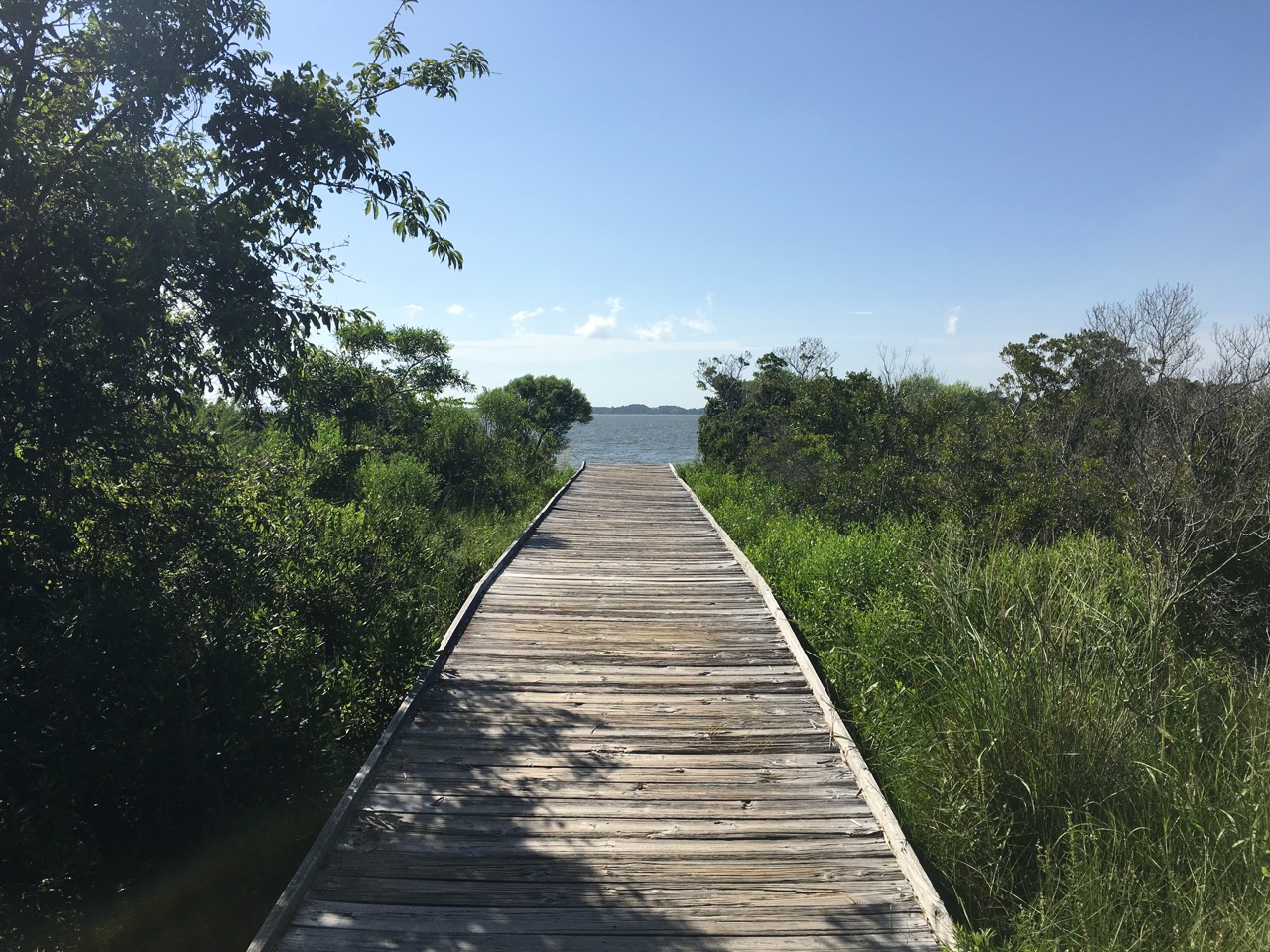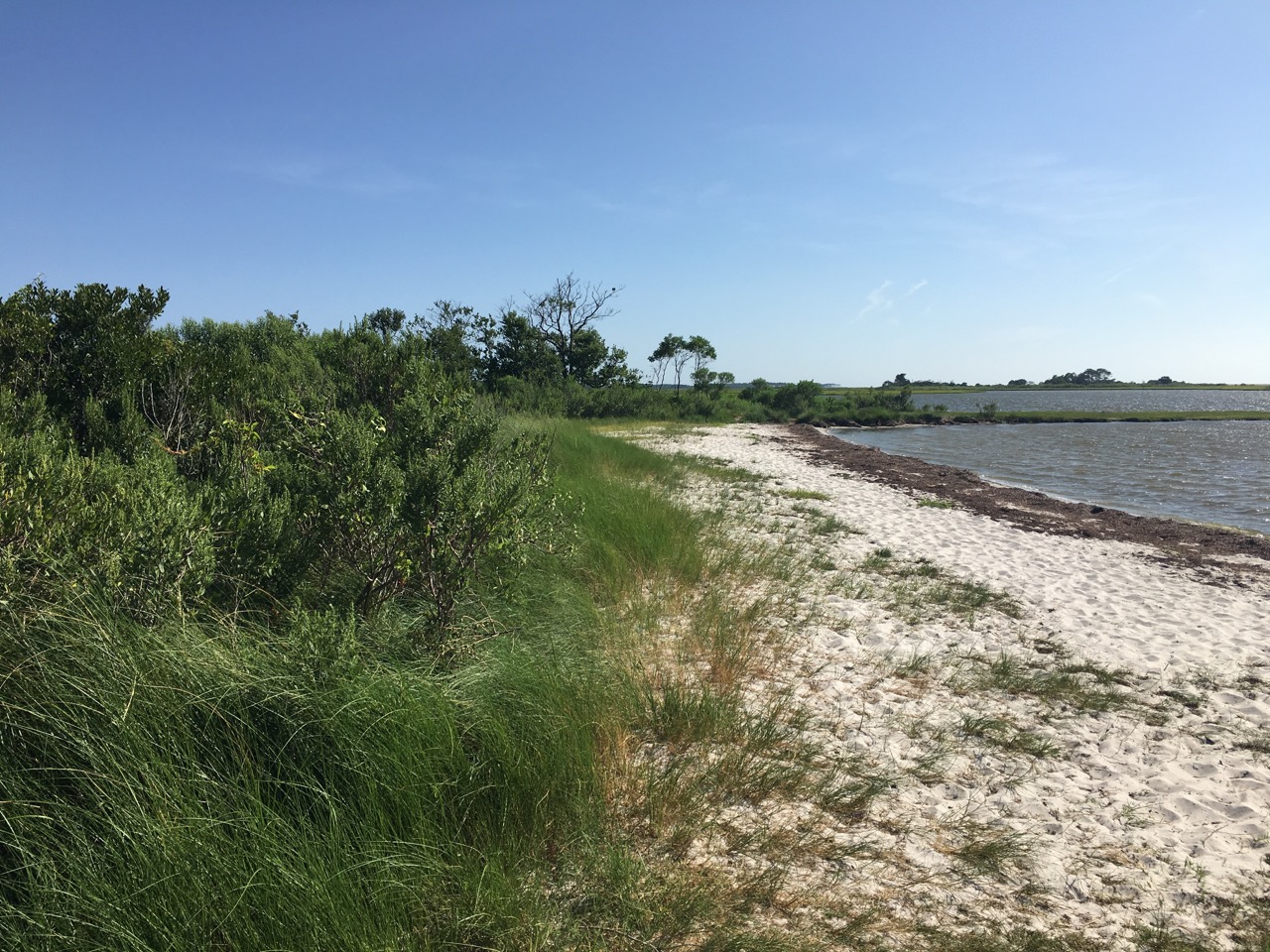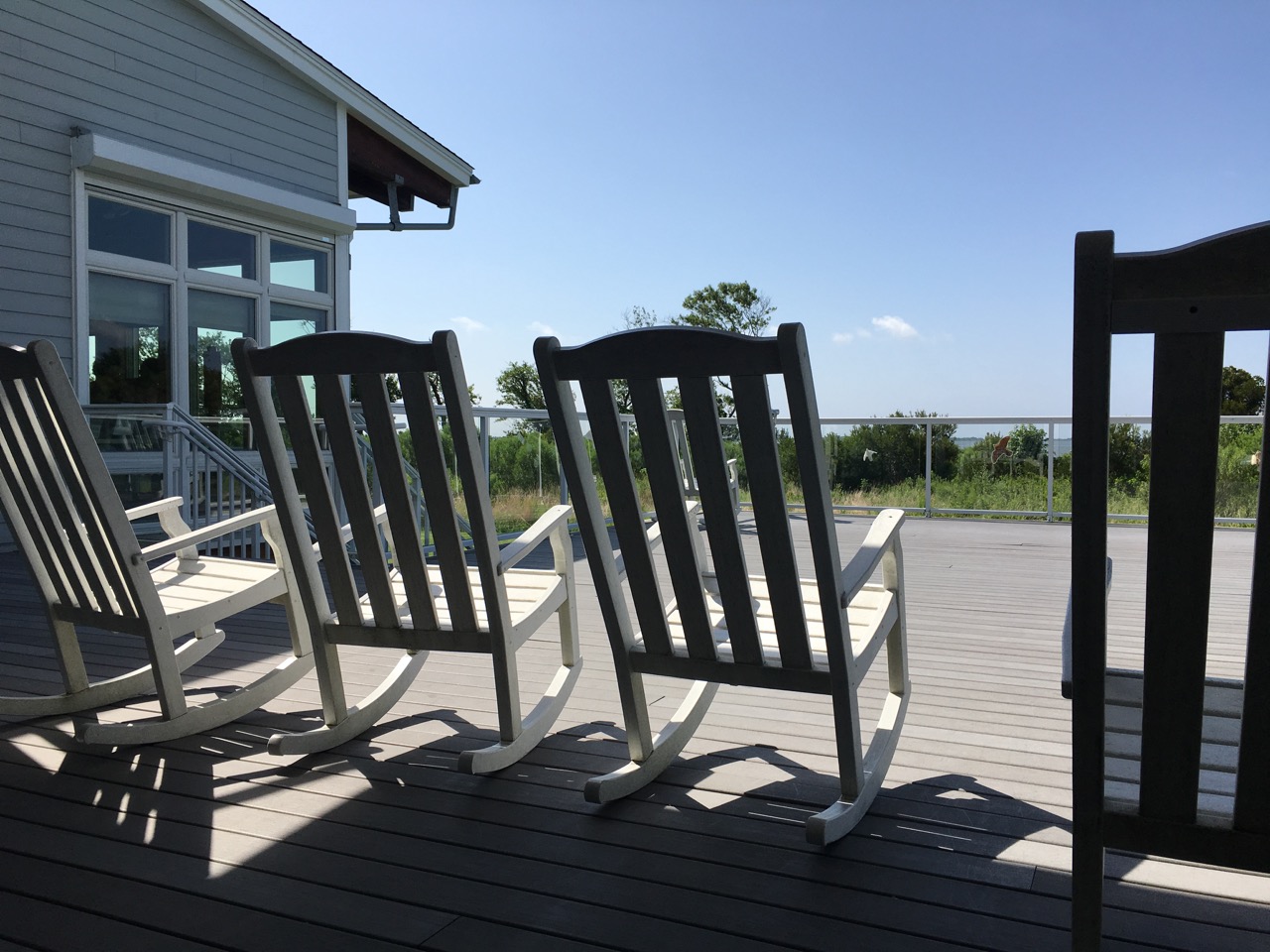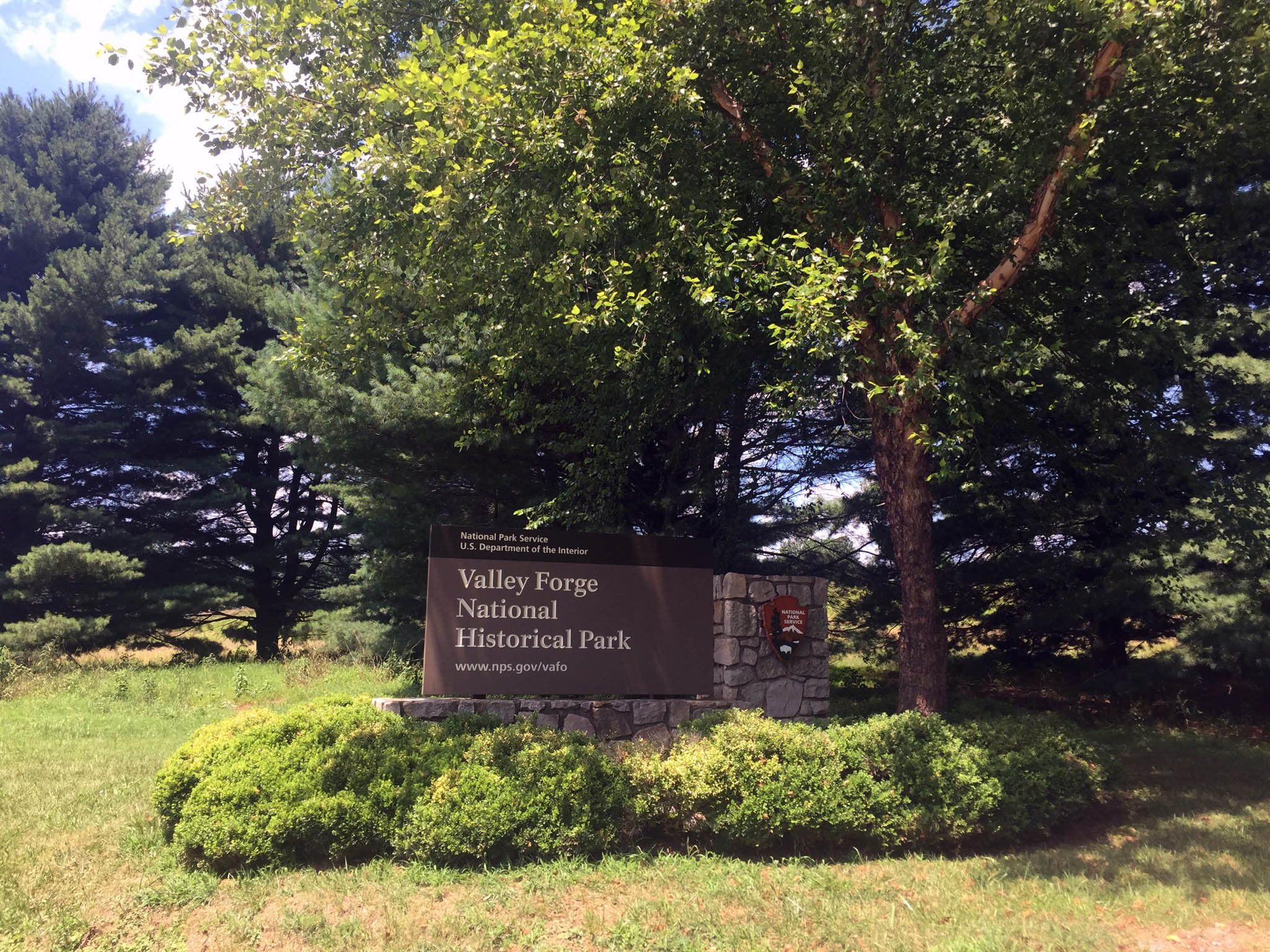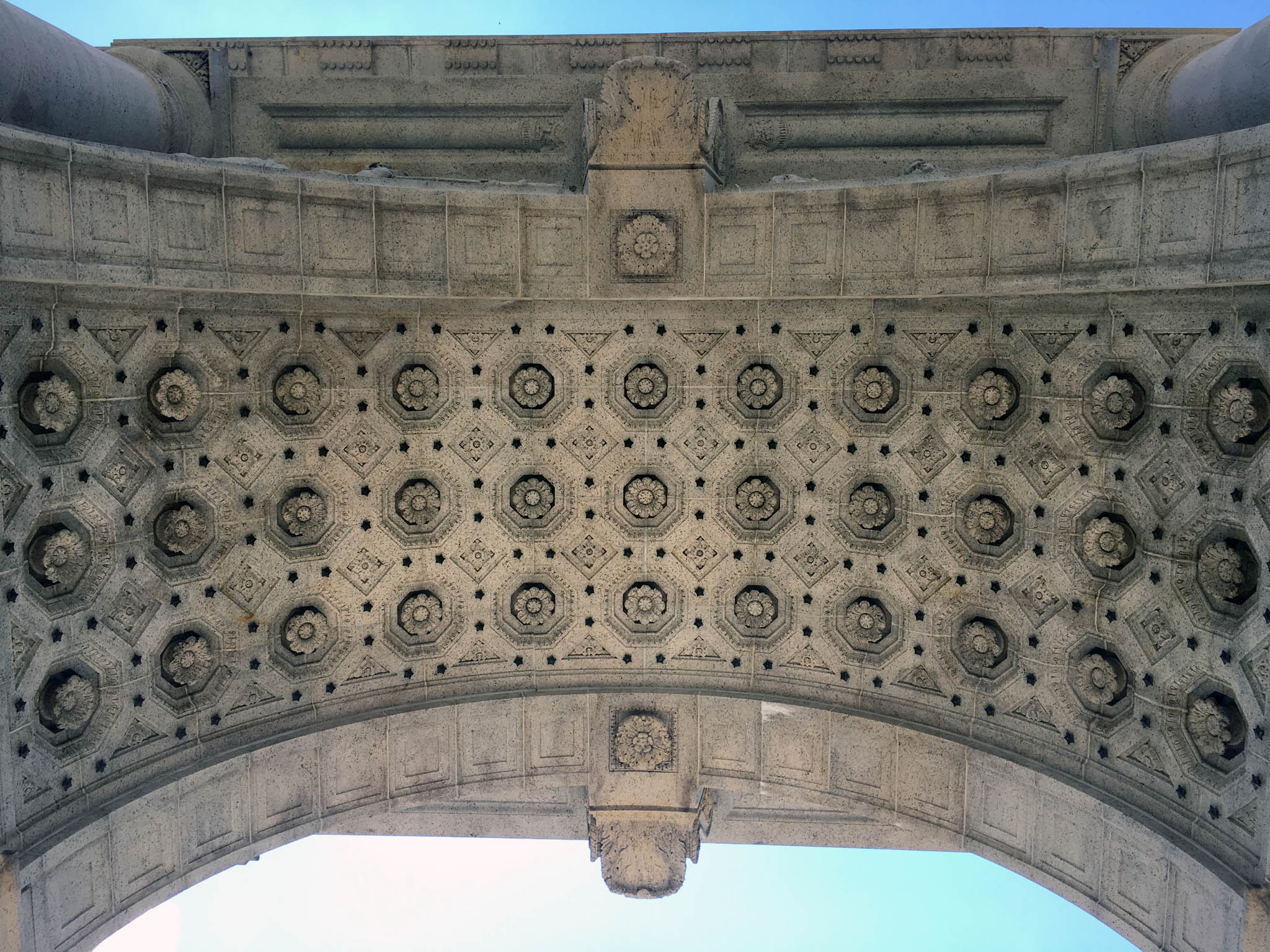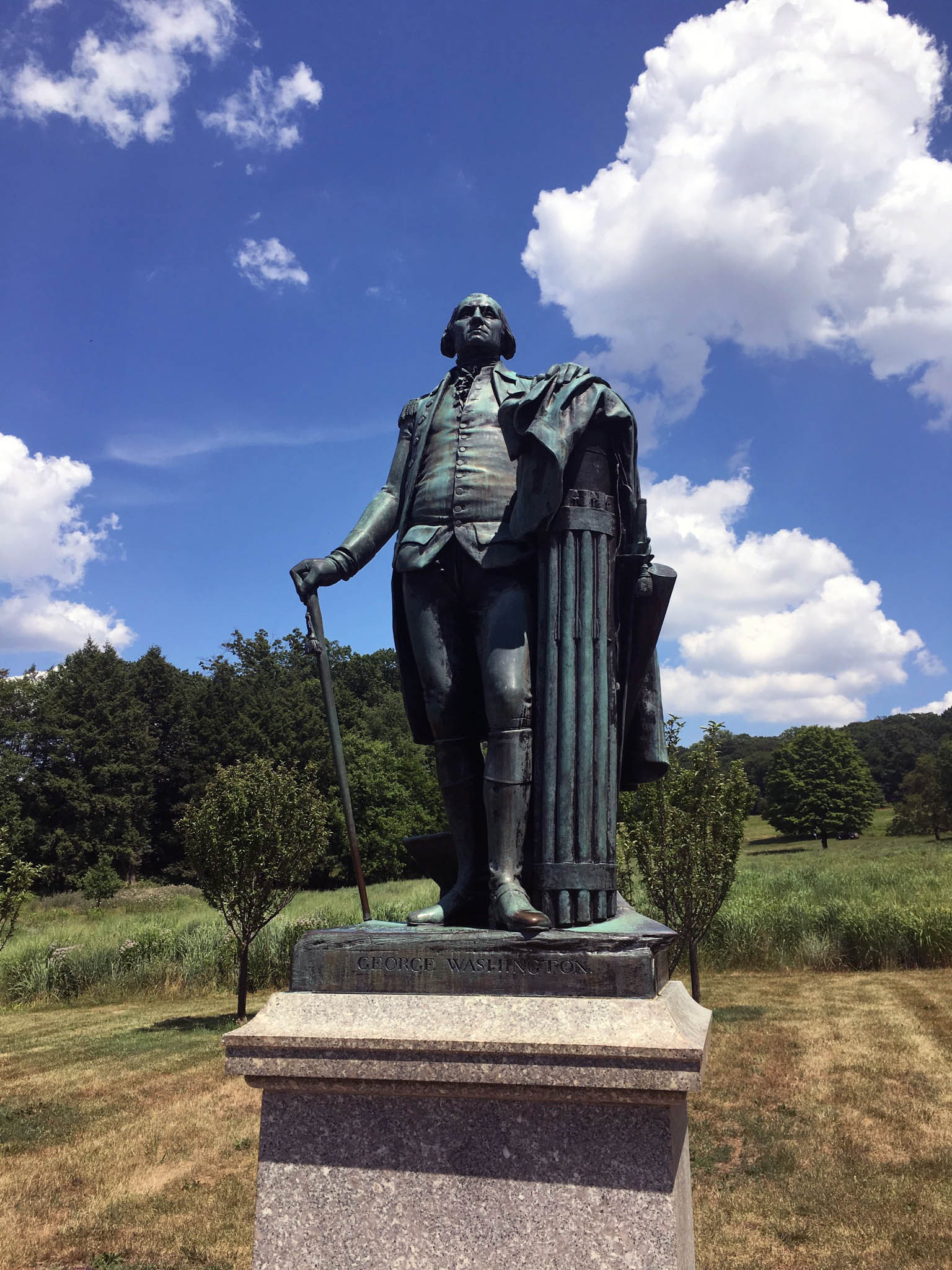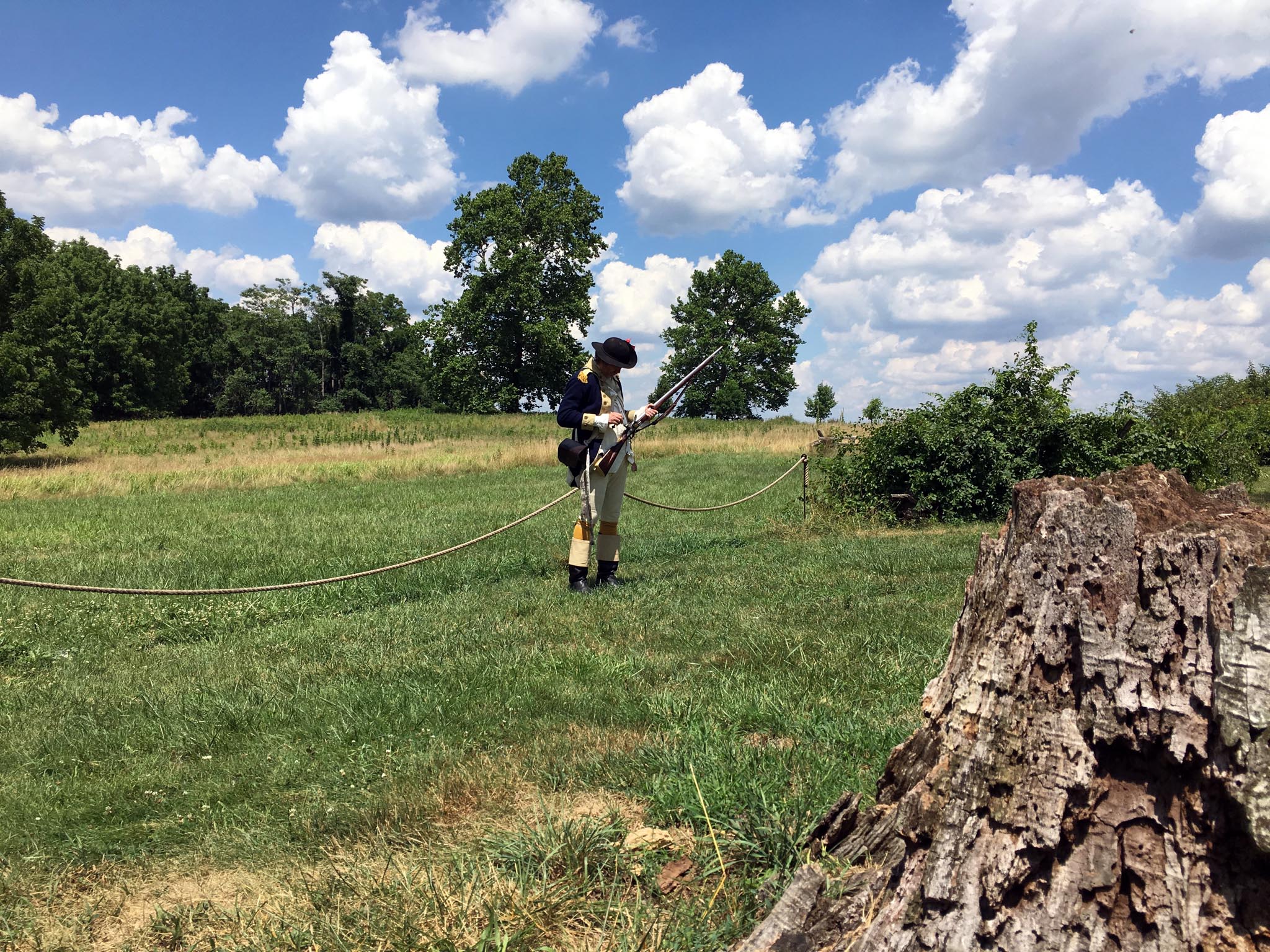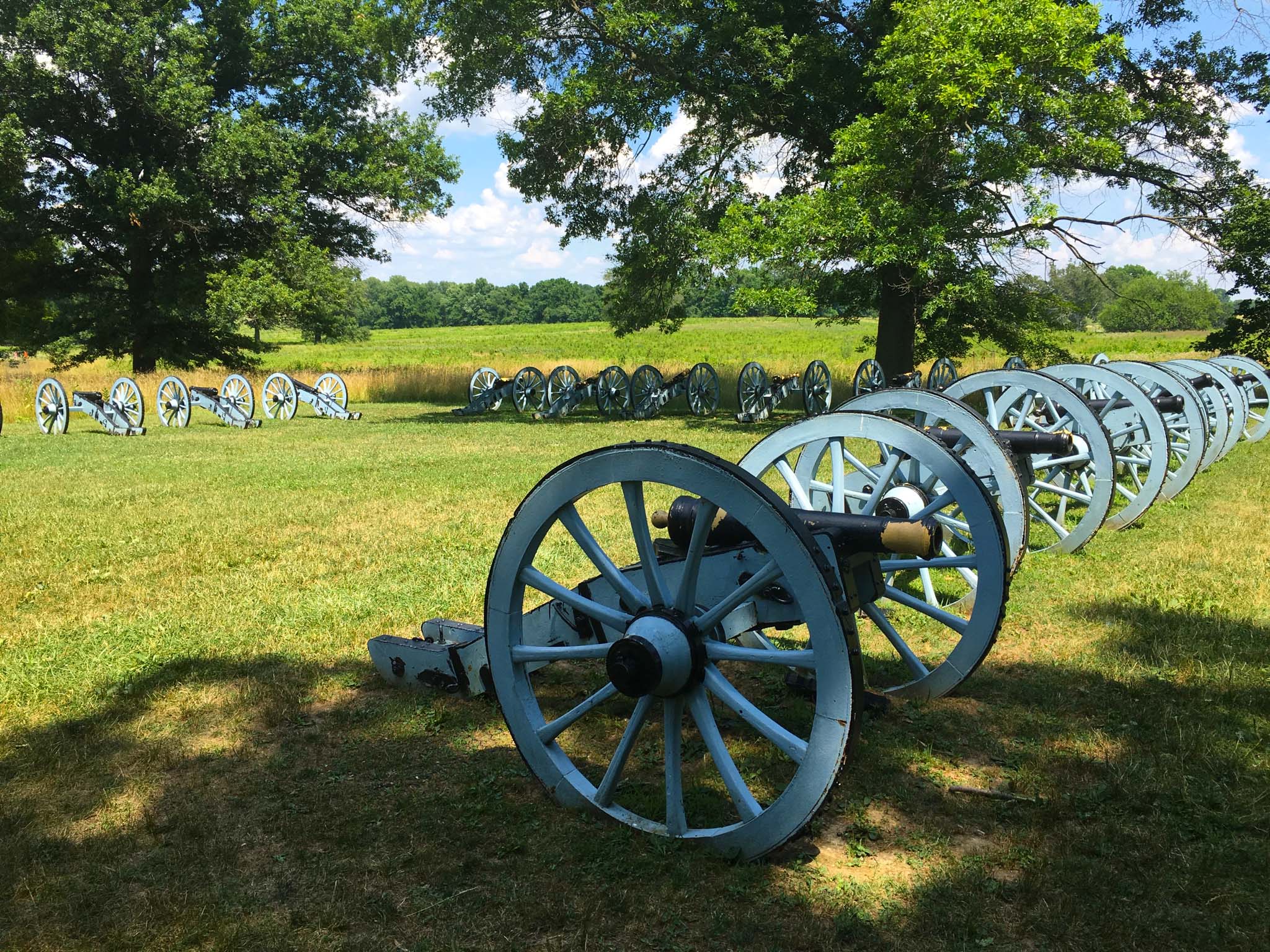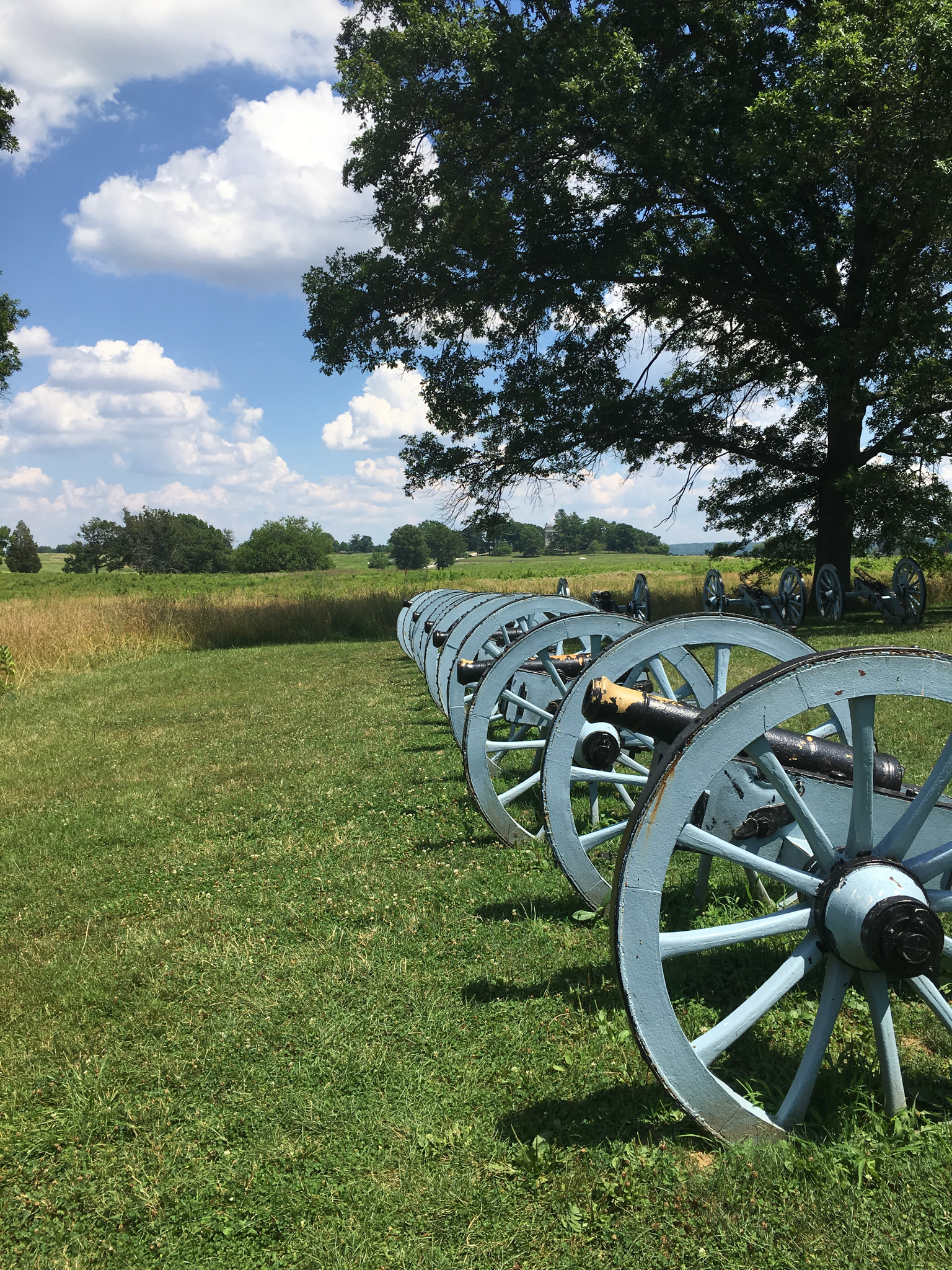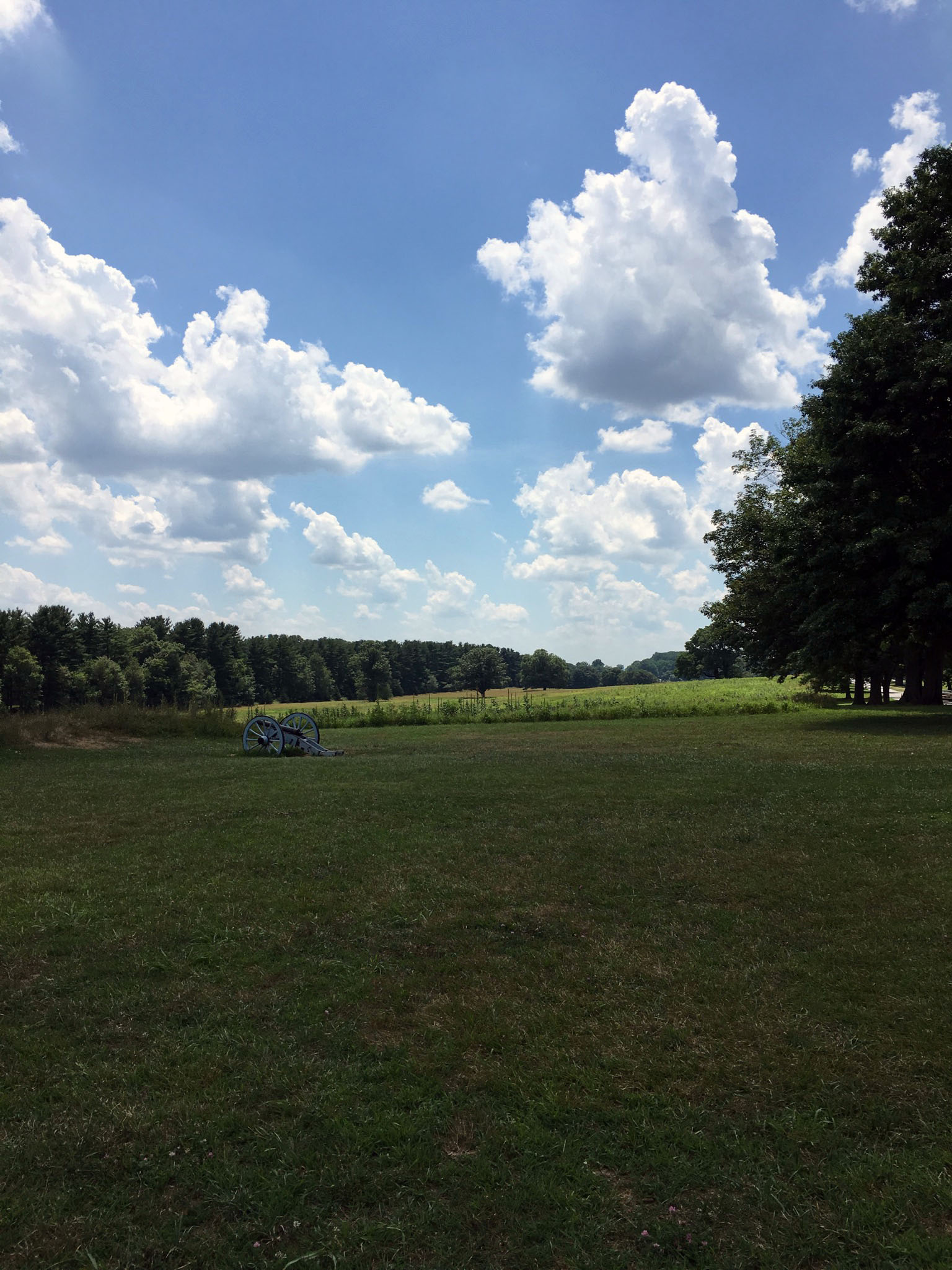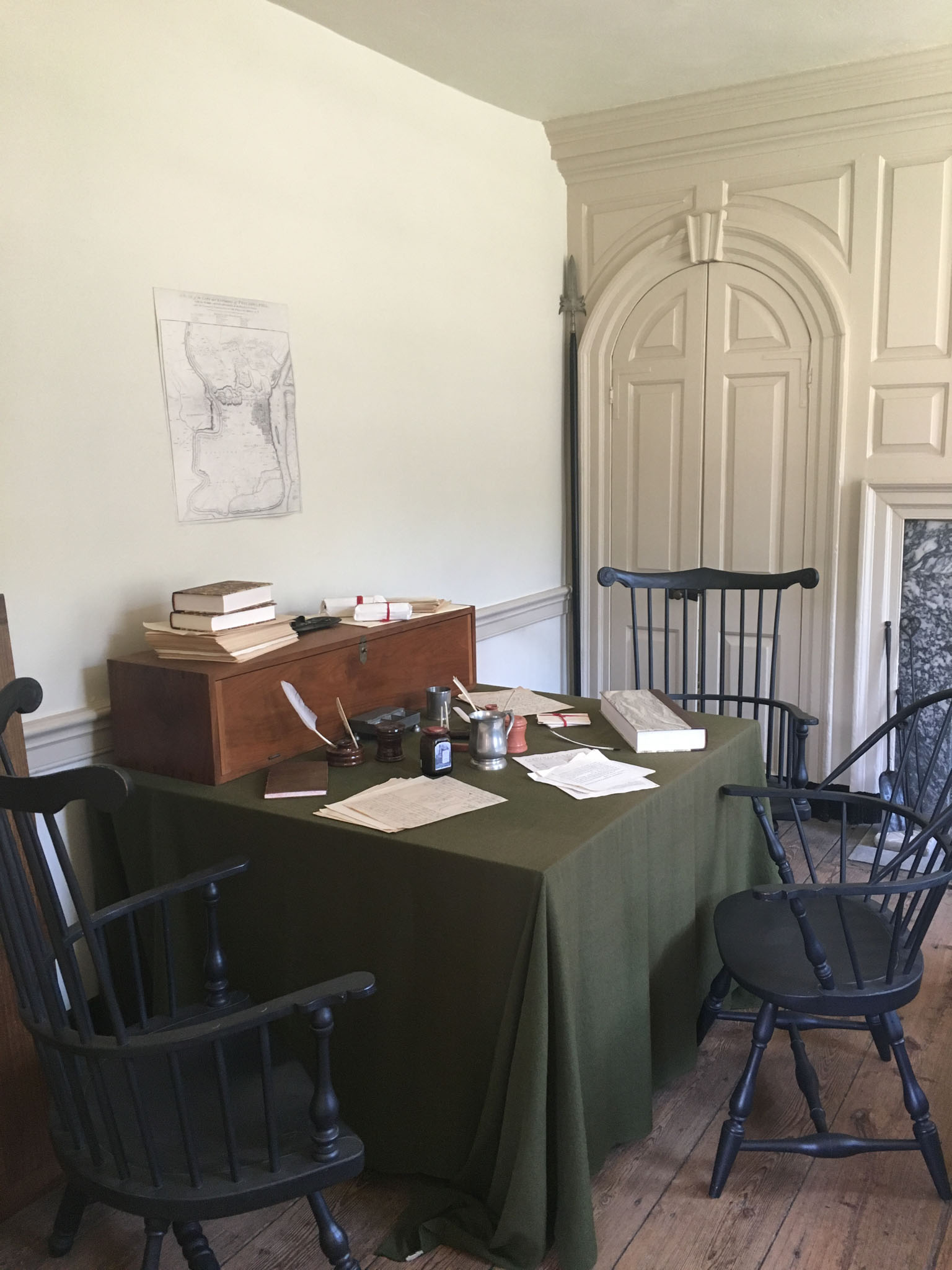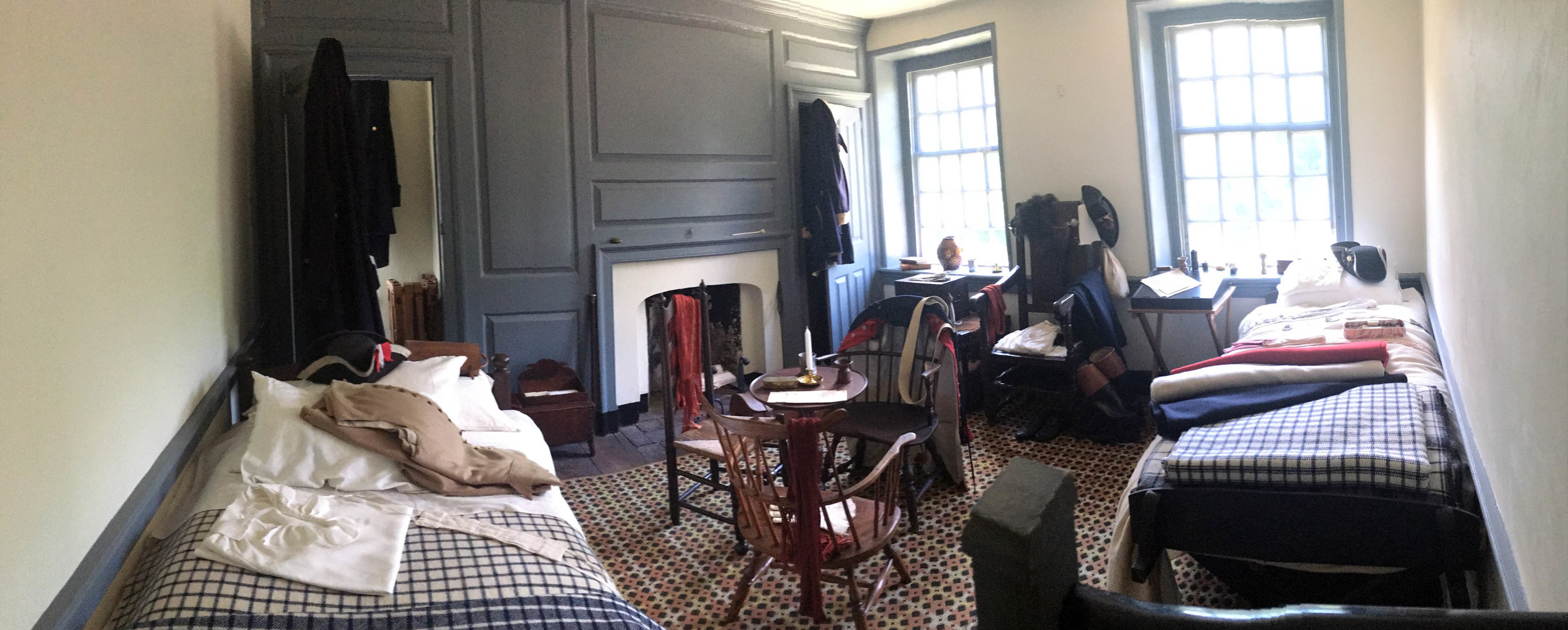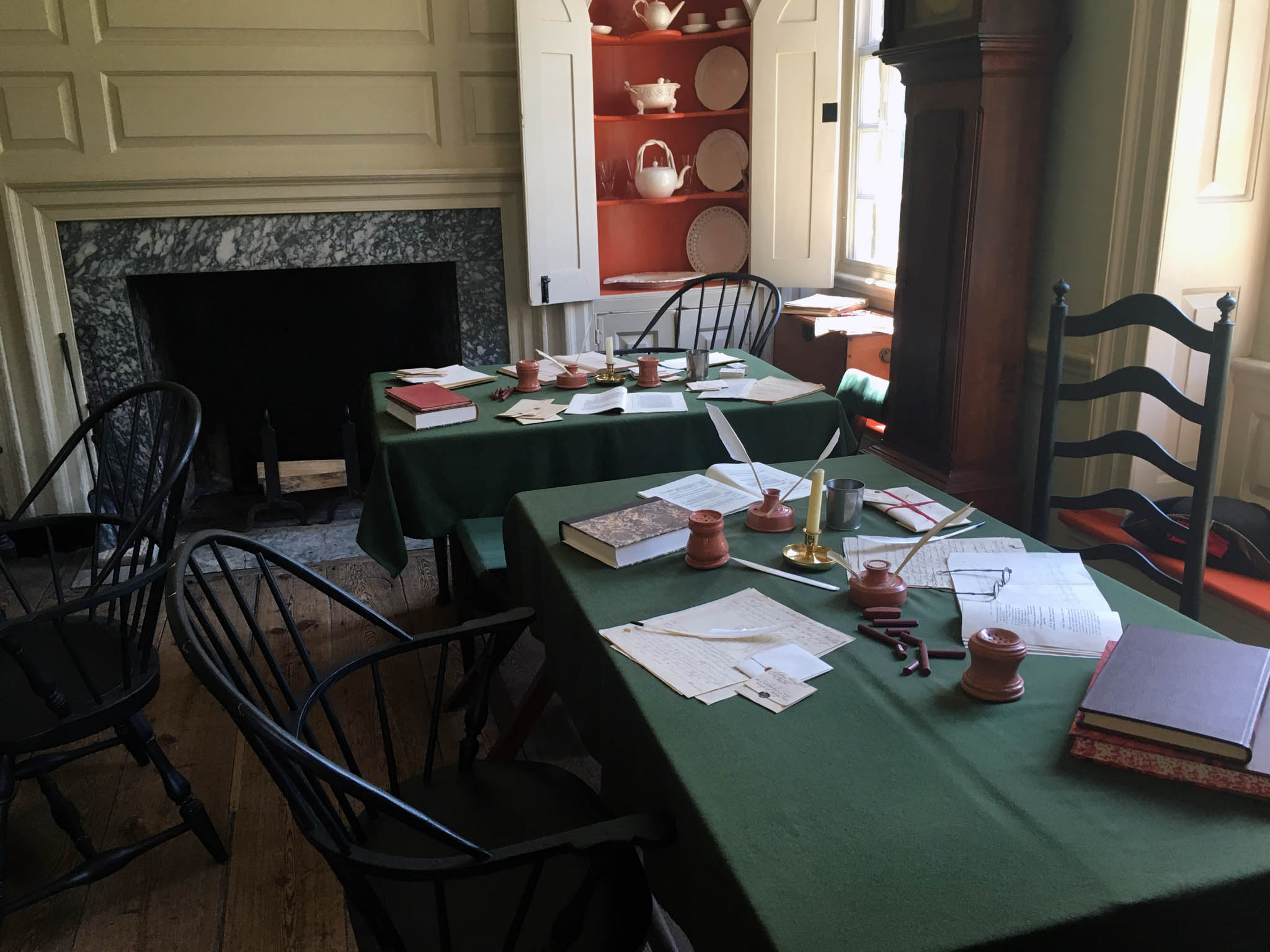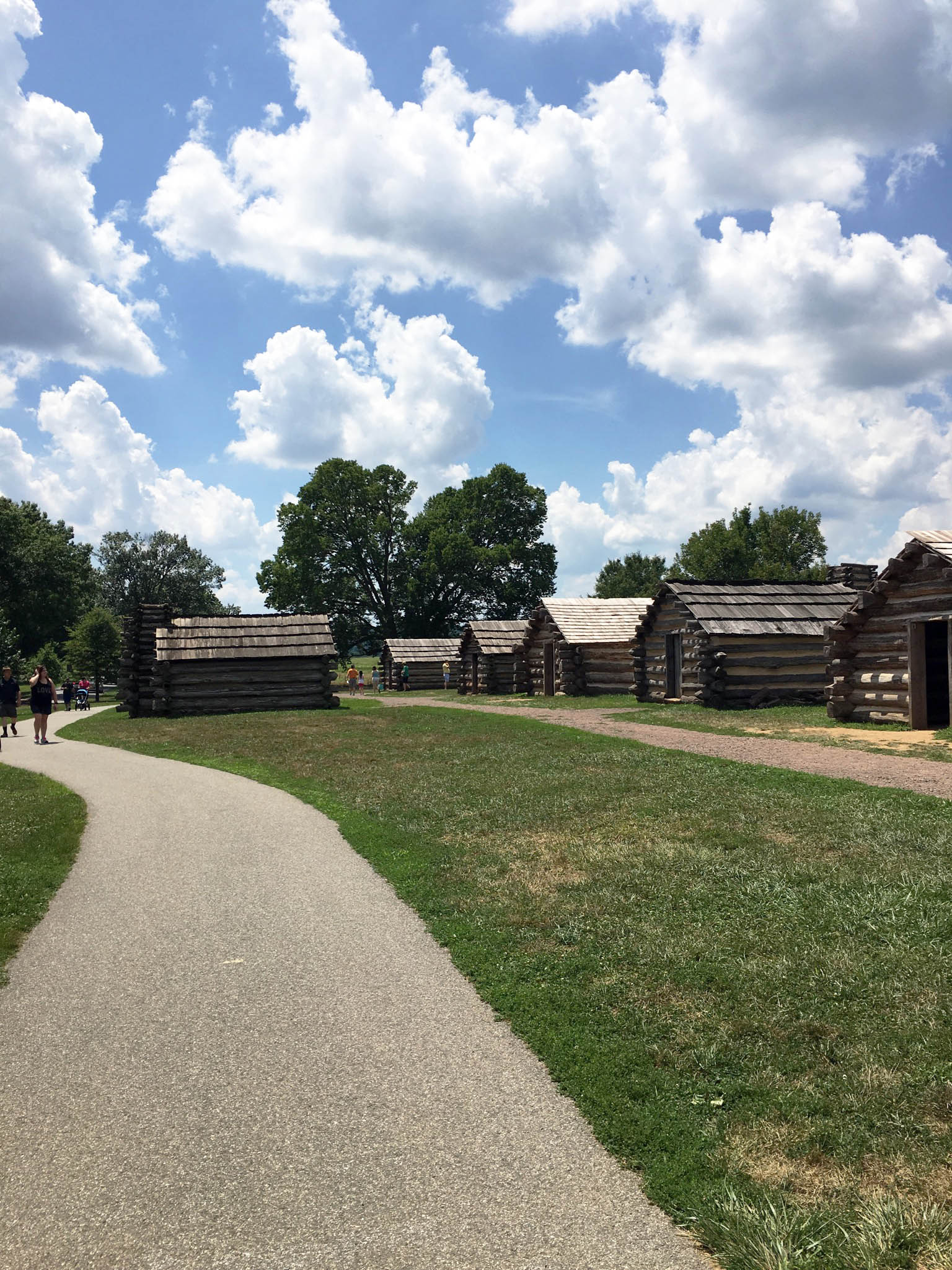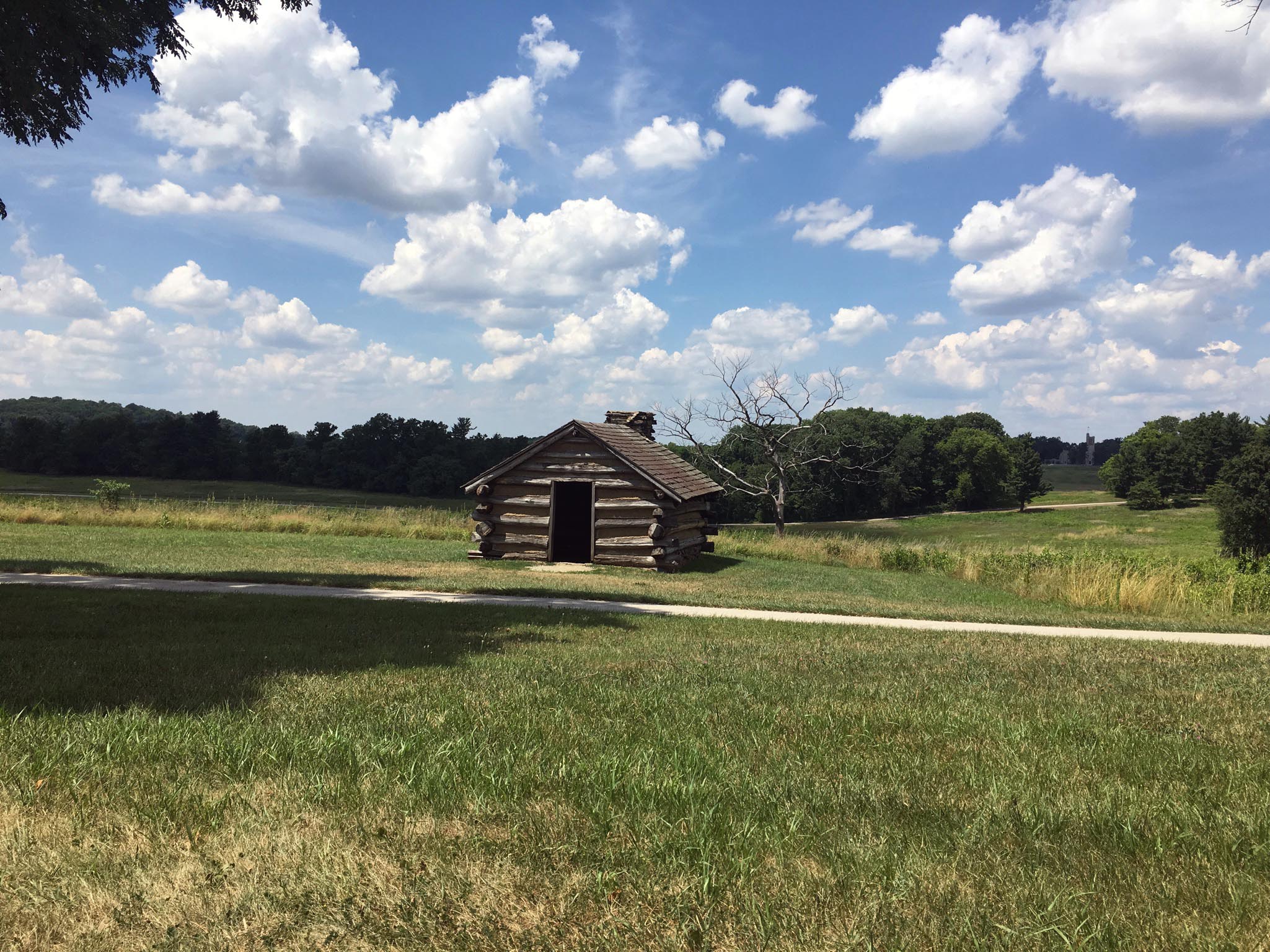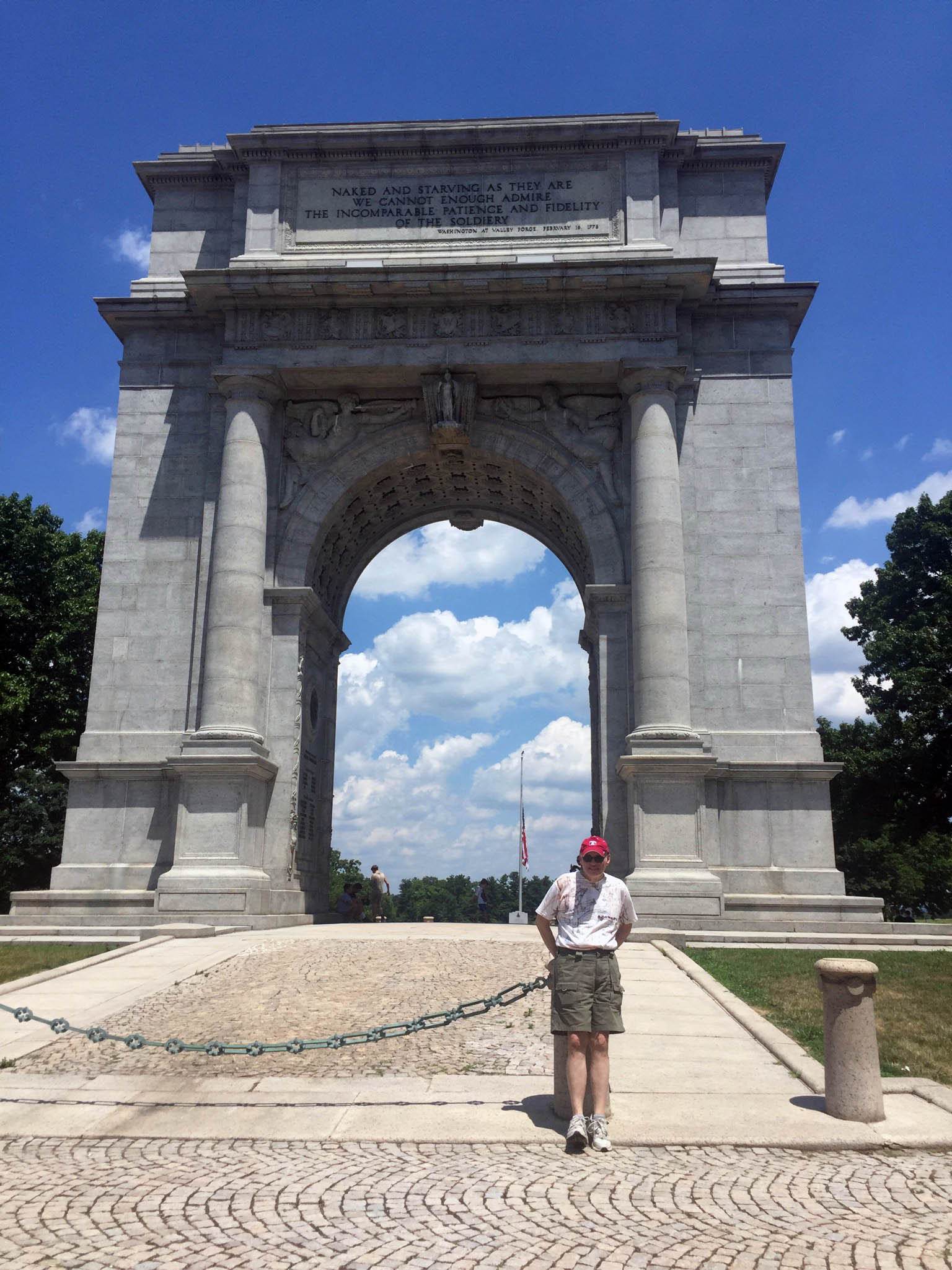I once lived underneath the last home of Edgar Allan Poe.
The Bald Eagles of Conowingo Hydro Station
Read Patrick D Hahn's elegant recollection of eagle sightings at the Conowingo Hydroelectric Generating Station and dam in Maryland, one of the greatest places in all of North America for closeup views of the national bird, the bald eagle. Click here to explore more with Patrick and us!
Our Guide to Washington, D.C., Part I
There’s so much to see in Washington, D.C.! We’re going to do a quick two-sentence and two-part guide to each of the National Park Service units in the Washington D.C. jurisdiction area, which does also includes a few sites in Virginia and Maryland. Here in part one, we’ll be exploring NPS units that you can visit without a car, either by walking, using public transportation or a quick hop using a cab or car share service. Click here to read the full guide!
Central Park Memories: The Ice Skating Rink
By Beryl Brenner.
I am young. I am six years old. We are a poor family but my parents have prepared an adventure for me and my two older sisters, one who is eleven and the other who will turn ten soon. We enter the subway at our East Broadway station, on the Lower East Side of New York City. The station is in front of “the Garden," a vegetarian restaurant where my parents first met at the end of World War II, and down the block from The Forward, the foremost, prominent Yiddish newspaper in America. We are leaving our little world on the Lower East Side and heading uptown, to the bigger “New York” world of Central Park.
Once there, we walk toward the ice skating rink. I have never skated before, and I am both excited and nervous at the same time. We rent skates and my parents help me to lace them. Walking on skates is like walking on a tightrope. I enter the icy rink. I am terrified. I cling to the banister along the side. I am afraid of falling. My big sisters have done this before, and they are more confident. Suddenly they appear; one on each side of me and holding my hands to give me courage. They guide me along. The three of us glide on the ice like ballerinas. The fear subsides, and eventually they leave me to skate on my own.
Soon, the cold winter weather sets in and my tiny body feels it. I skate to the entrance to the rink and my father is there to greet me. He takes me to the concession and buys me a hot chocolate to warm me up. And then he takes both of my tiny cold hands and places his big warm hands over them. He rubs my hands to warm them up. My mother joins us and so do my sisters. We all drink hot chocolate to stave off the cold. We smile and we laugh and talk about how great this day has been. We know this is a big treat. We are a poor family but no one is richer than us.
Beryl Brenner obtained her BA in fine arts and her MA in Art Education from Brooklyn College. She has worked with a variety of materials and techniques. Ms. Brenner completed the glasswork for Our Lady of Guadeloupe Church in Danbury, Connecticut and for Beth Shalom Synagogue in Atlanta. She has been granted 8 one-woman shows throughout the country, including with the National Park Service, the National Landmark Bok Tower Gardens, and the prestigious Williamsburg Art and Historical Center. Her art has been shown in numerous American museums and galleries, including Ann Marie Gardens, a Smithsonian affiliate, the Attleboro Arts Museum, Dot-Fifty One in Miami, Altered Esthetics in Minneapolis, and the Philadelphia Sketch Club. In Brooklyn, her works have been shown at the Crest Hardware show, the Robert Lehman Gallery of Urban Glass, Brooklyn Borough Hall, the Williamsburg Salon, and the annual Represent Brooklyn exhibition in Bedford Stuyvesant. Her work is part of the permanent collection of Williamsburg Art and Historical Center. Ms. Brenner serves on the Board of Directors of Brooklyn Streetcar Artists Group and promotes art exhibitions in previously underserved areas of Brooklyn, NY.
Photo by Derek Wright.
Hike With Us Through Assateague Island National Seashore
Come hike with us via our video through the three main trails of Assateague National Seashore, the Life of the Dunes, Marsh and Forest trails.
Additionally, here are some other vantages at Assateague National Seashore. Photos by Derek Wright.
For more on Assateague, read "Morning on Assateague" by Martin James Wood.
Valley Forge, Beauty and History in Equal Measure
We explored Valley Forge National Historical Park, where George Washington and the Continental Army decamped during Revolutionary War from 1777-1778, on a summer day where the weather was "polar opposite" to that historically frigid winter. Our day was an enchanting foray into the rural Pennsylvania countryside, which is expansive and idyllic. The park is not only a repository of vital history, but also home to 19.5 miles of hiking trails, 21 miles of cycling trails, and 17 miles of horseback trails. Bicycle rentals are available, as are ranger led walks and storytelling activities for younger visitors. Wildlife is plentiful, in river, forest, meadow, and wetland habitats. As per the NPS, the park is home to more than 225 species of birds and 730 species of plants.
Valley Forge is roughly forty minutes northwest of Philadelphia, in Montgomery County, Pennsylvania, and its northern trails access other historic sites in both the county and the city. The lush, pastoral landscape is enveloping. Many of the park's primary historic sites can be explored via the 6.6 mile Joseph Plumb Martin Trail on the southern side, or the the ten-mile Encampment Tour, which can be completed as a self guided driving tour (a cell phone guide is available for download) or via a 90-minute trolley tour that departs from the Visitors Center. Key sites include Washington's Headquarters, where he held critical meetings with Lafayette, Knox, and Alexander Hamilton, replicas of cabins shared by militia men, the Pennsylvania columns, a monument to soldiers from the region, and the 1917 National Memorial Arch, restored by the Freemasons in 1997. Our slideshow seeks to capture the beauty of the park, and to share a few of the key sites that commemorate this critical moment in early American history.


